|
In a previous post about Western Skies Scenic Byway, we discussed how wind and water shaped the landscape of western Iowa. In addition to natural forces, people have also helped shape the modern landscape. Humans have inhabited the land that is western Iowa for thousands of years, impacting the landscape since the beginning. Indigenous people cultivated crops, built homes, and started regular fires. After European colonization beginning in the late 19th century, the land changed much more dramatically and rapidly. The contemporary landscape of western Iowa would be unrecognizable compared to the vast prairies and wetlands that covered the state prior to colonization. Iowa is the most altered of all 50 states, with the least amount of "wild" or "natural" places. "The state of Iowa has lost 99.9% of its prairies, 98% percent of its wetlands, 80% of its woodlands, 50% percent of its topsoils, and more than 100 species of wildlife since settlement in the early 1800’s. There has been a significant deterioration in the quality of Iowa’s surface waters and groundwaters." (Source: Iowa Code, Section 455A.15 Legislative Findings). The region has some of the best cropland in the world, and prairies and wetlands were converted to rowcrops over only a couple generations. Many of the steeper slopes were converted to non-native pastures. With this vegetation and land use change, the entire ecosystem changed from some of the most biodiversity on the planet to among the least. On top of the vegetative change, nearly all the rivers and creeks in western Iowa were channelized in the 20th Century. Straightening streams shortened their length, which increased the slope and caused the waterways to cut downwards into the deep, highly erodible loess soils. Most streams in the region have severe to extreme bank erosion and are carved 10 to 20 feet (or more) into the surrounding land. The increased stream slope also led to widespread gully erosion, with small waterfalls called knickpoints on many streams. The drastic elevation changes have required streambed grade control structures like spillways and dams to help protect roads, bridges, utilities and other infrastructure. Due to their silty nature, the deep loess soils are home to the worst soil erosion on the continent. In fact, "loess" is a German word for "loose" and is colloquially called "sugarclay" due its erosiveness. The maps below show rill and sheet erosion in the continental U.S. in 2012 and 1982. While erosion has been reduced from more than 12 tons per acre to 6-8 tons per acre, this is still a concerning erosion rate. Learn about different types of soil erosion here. Fortunately, agricultural conservation practices, especially terraces and water and sediment control basins, have reduced erosion. Planting rowcrops on contour instead of vertically on slopes also helps to slow erosion rates. These practices are nearly ubiquitous on western Iowa's croplands, further shaping the landscape. The earthen berms reduce rill and sheet erosion and runoff. Prior to colonization and subsequent stream channelization, the prairie streams meandered across their valleys with crystal-clear water, as described in some early pioneer accounts. Today the sheet, rill, gully and streambank erosion makes the streams run a muddy brown color. New evidence has shown that phosphorous levels in streams are likely impacted significantly by streambank erosion, as "legacy" nutrients get stored in the soil and enter waterways when riverbanks erode. Some of the poorly-drained areas, especially on the Des Moines lobe in northeastern Guthrie County and some of the larger river valleys like the Missouri in Harrison County, were tiled to convey water off the land and improve agricultural opportunities. Tiling can carry nutrients, sediment, and pollutants into drainage ditches and streams, further decreasing water quality. Tiling is usually invisible above ground, but you may see the end of tile lines going into drainage districts or streams. Learn more about tiling and terracing here. Besides agricultural development, humans have built residential, industrial, commercial, and other infrastructure that shapes the land. Most of the communities in the region were founded along rail lines, which were some of the earliest transportation routes before many roads were built. 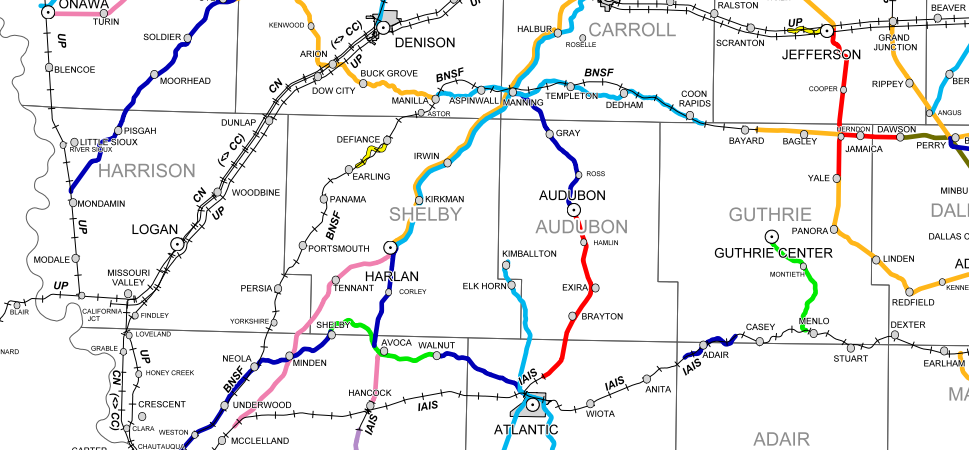 Source: Iowa DOT (https://iowadot.gov/iowarail/IOWA-FREIGHT-RAIL/RAILROAD-MAPS) Source: Iowa DOT (https://iowadot.gov/iowarail/IOWA-FREIGHT-RAIL/RAILROAD-MAPS) Most railroads in this corridor have been abandoned and are no longer active. Some have been replaced by recreational trails like the T-Bone Trail through Audubon County and the Raccoon River Valley Trail in Guthrie County. Many others were removed and have been farmed for decades, with no trace remaining. In some cases, the remnants are visible from satellite imagery and LIDAR, like this area just southwest of Harlan in Shelby County. Many settlements that began before railroad construction eventually withered into ghost towns. In some cases, a few houses remain, but often there are no visible signs of these ghost towns on the landscape. The highway and road system also greatly contributed to the region's altered landscape and hydrology. For the most part, roadways are built up several feet from the surrounding landscape similar to railroads, and cut into the tops of the hills to reduce slopes. Unlike the railroads, which often followed the path of least resistance, the road system was set up on orthogonal grid system oriented along the cardinal directions, regardless of terrain. Some exceptions to the grid exist, especially in the hilliest parts of Harrison and Guthrie counties. Since the grid does not follow topographic or hydrologic boundaries, the construction of the road system in some cases altered watershed boundaries. Ditches on either side of the roads funnel water into the nearest stream, increasing flash flooding and nutrient runoff. Next time you drive Western Skies Scenic Byway, try to spot how the land has been sculpted by human development, in addition to natural processes like wind and water.
2 Comments
October is an excellent time to visit Loess Hills National Scenic Byway™, Western Skies Scenic Byway, and Glacial Trail Scenic Byway in western Iowa. Peak fall foliage generally occurs earlier in the north and later in the south. Check out the Iowa Department of Natural Resources' weekly fall color report. Loess Hills National Scenic Byway runs from near Akron in the north to Hamburg in the south. The northern end is located in Plymouth County in northwest Iowa, with peak colors predicted from the last week of September through the second week of October. Stone State Park in Sioux City is one great place to go leaf-peeping. Colors along Glacial Trail Scenic Byway in Buena Vista, Cherokee, Clay, & O'Brien counties will peak in the same timeframe. Western Skies Scenic Byway is in Harrison, Shelby, Audubon and Guthrie counties in west-central Iowa. Peak colors are expected in the first through third weeks of October. Floodplain forests along the Missouri River valley are abundant with glowing gold cottonwoods. Desoto National Wildlife Refuge near Missouri Valley is an exemplary location for cottonwood woodlands. On the steep Loess Hills bluffs, tallgrass prairie grasses have turned to their characteristic amber-gold and wine-red hues. These colors contrast with the occasional dark-green coniferous junipers (eastern red cedars). Staghorn sumac and poison ivy are turning bright red. Yellow goldenrods and purple asters also dot the prairies. The southern Loess Hills, including Waubonsie State Park in Fremont County, generally have greater tree species diversity and thus a wider array of tree foliage colors. 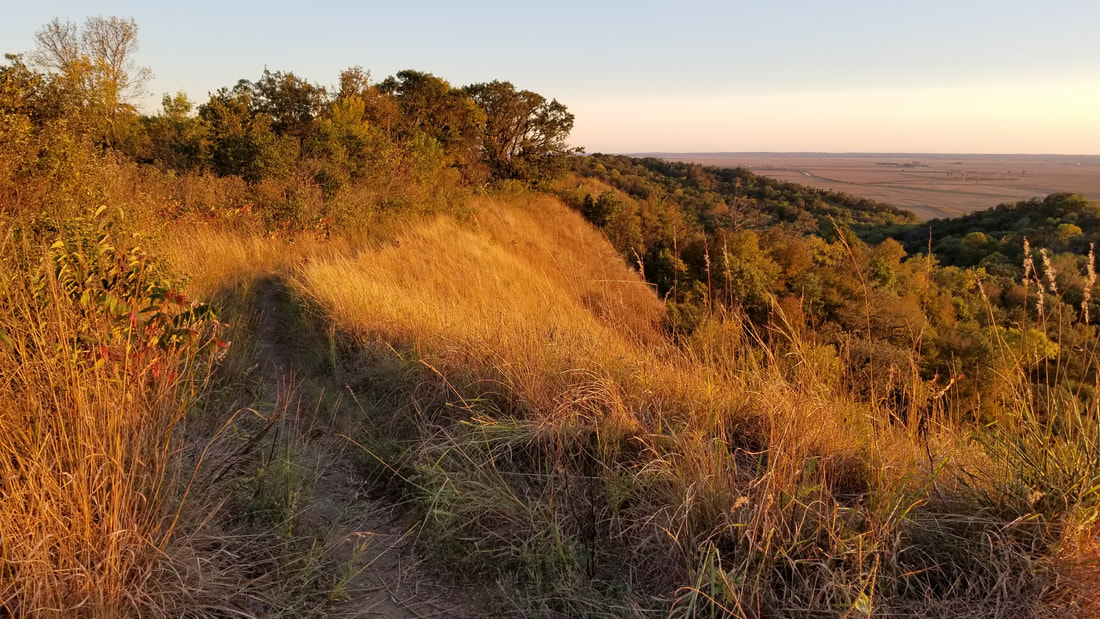 Sunset Ridge at Waubonsie State Park in Fremont County on Loess Hills National Scenic Byway. Photo by Lance Brisbois Sunset Ridge at Waubonsie State Park in Fremont County on Loess Hills National Scenic Byway. Photo by Lance Brisbois Similarly, some of the woodlands in Guthrie County (such as at Whiterock Conservancy and Springbrook State Park) have more diversity than the western Loess Hills, including more colorful maples. In addition to public parks and wildlife areas, exploring backroads can be one of the best ways to see fall colors. This is especially useful for folks who may not be able to hike or bike through the hills. Loess Hills National Scenic Byway includes 185 miles of Excursion Loops, many of which traverse the most scenic, rugged, and rural terrain in the region. Wherever you go, you will also likely see the golden fields of corn and soybeans before they are harvested. On a sunny day, they contrast with bright blue skies for a spectacular spectacle. Have fun exploring rural western Iowa by automobile, bike, on foot, or however you choose!
|
Archives
June 2024
Categories
All
|
Address712 South Highway Street
P.O. Box 189 Oakland, IA 51560 |
ContactPhone: 712-482-3029
General inquiries: [email protected] Visit our Staff Page for email addresses and office hours. |

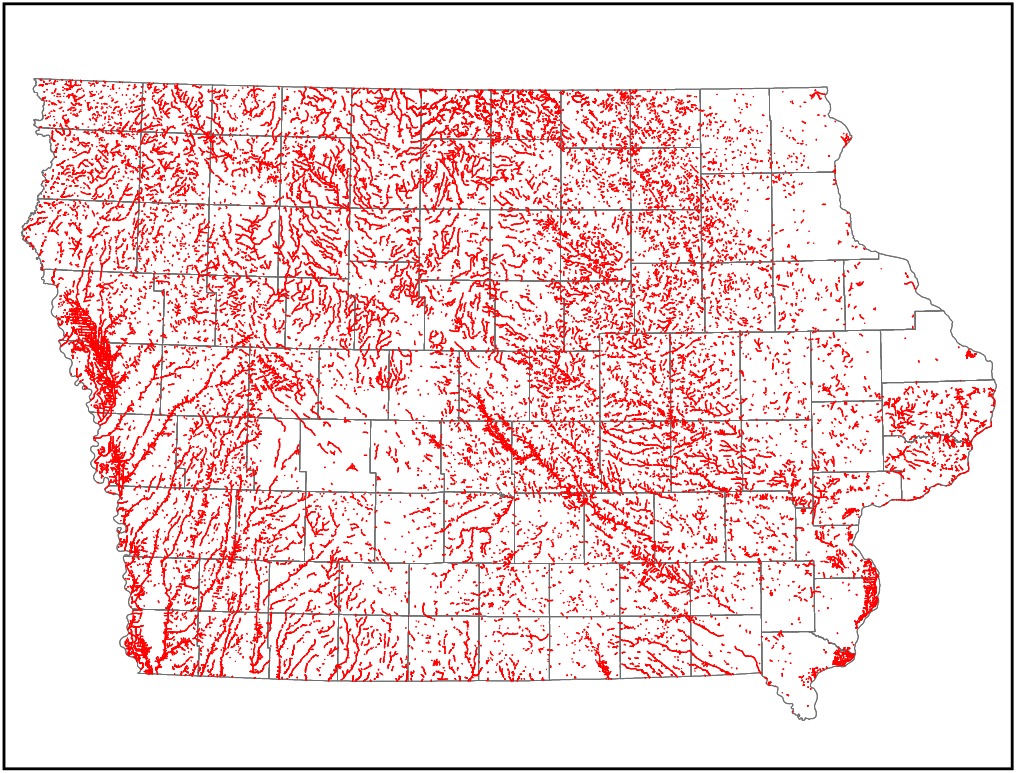
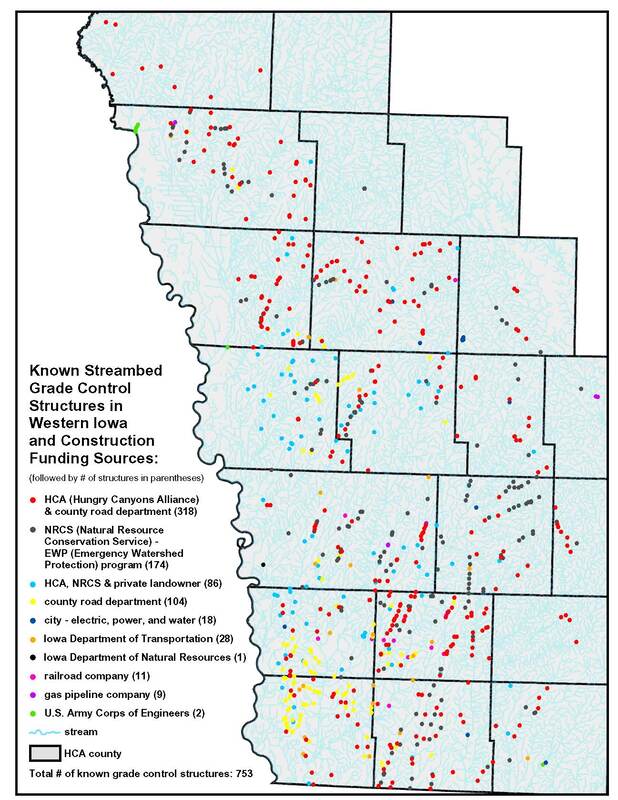
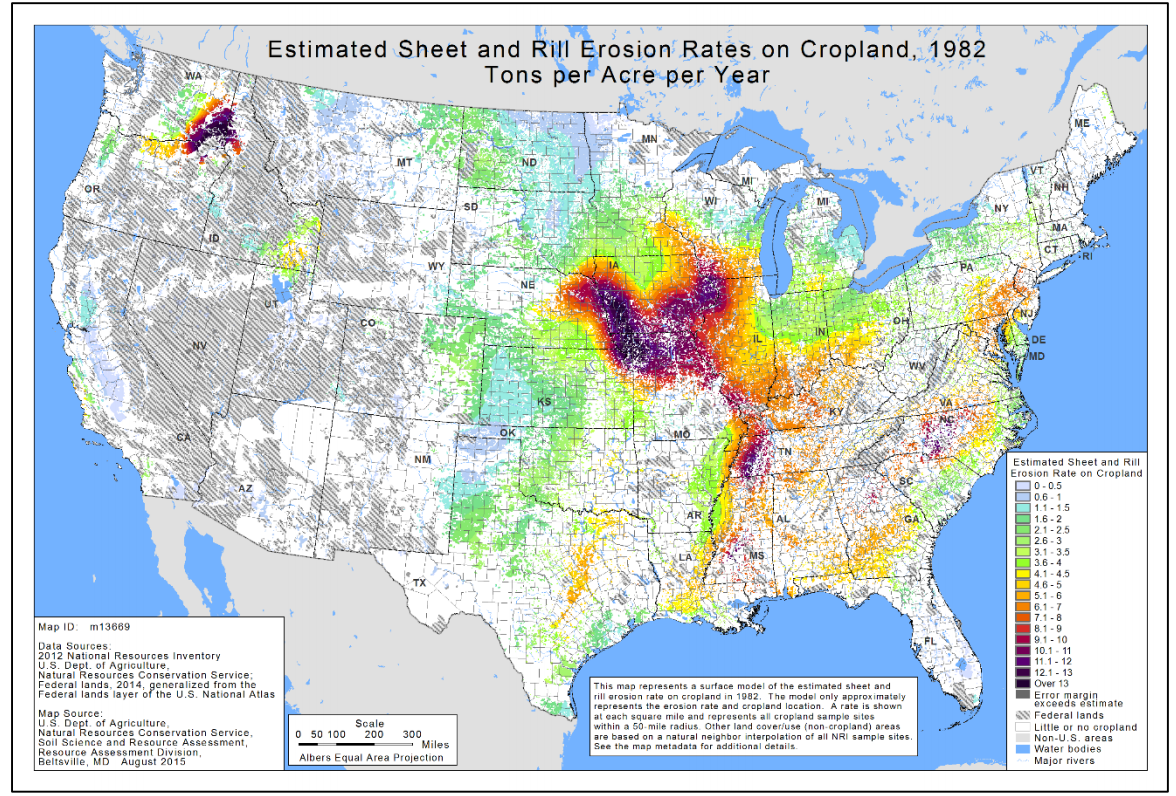
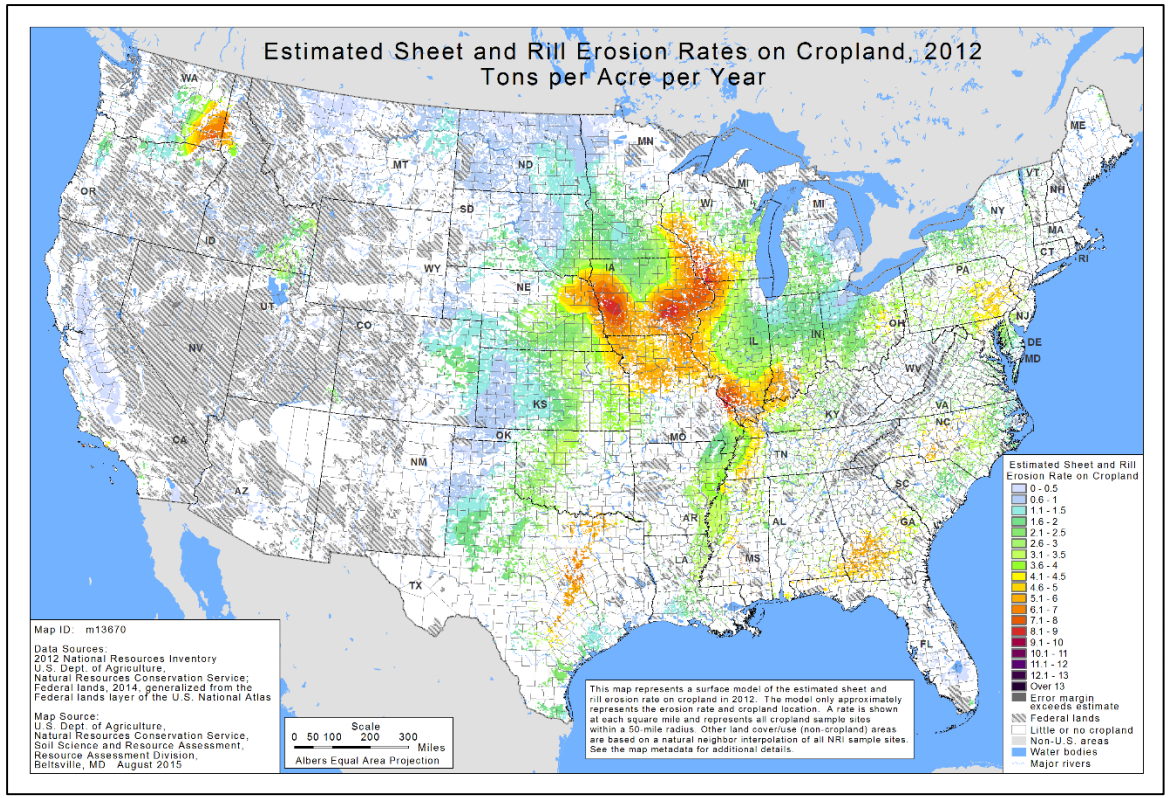
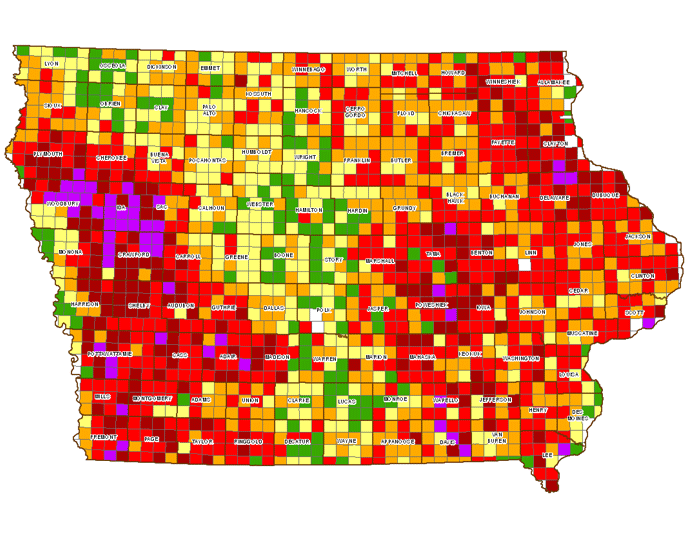
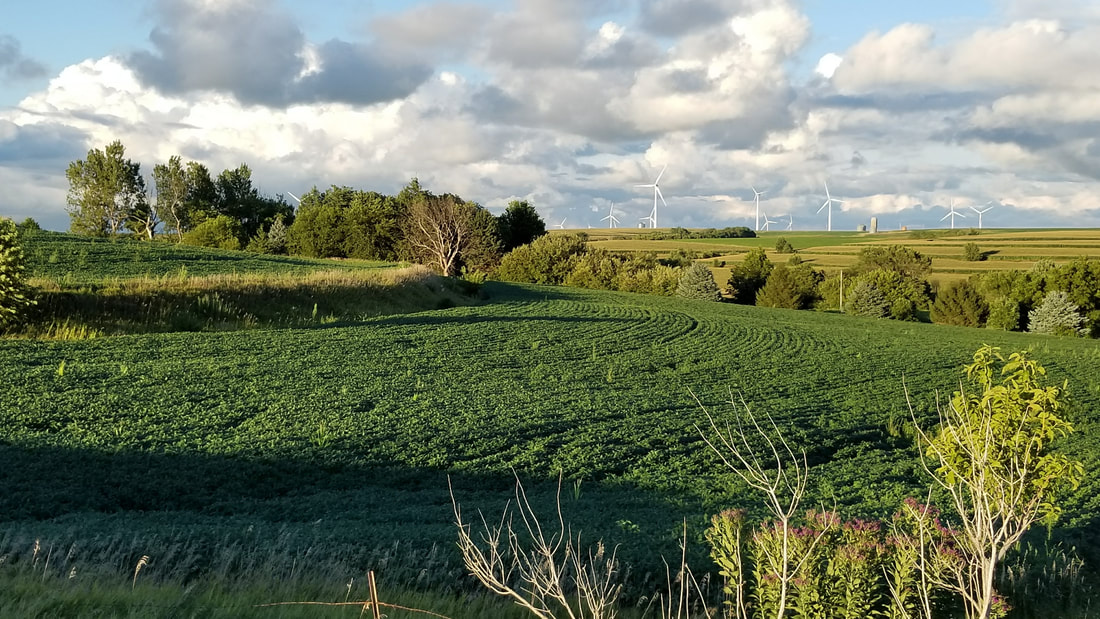
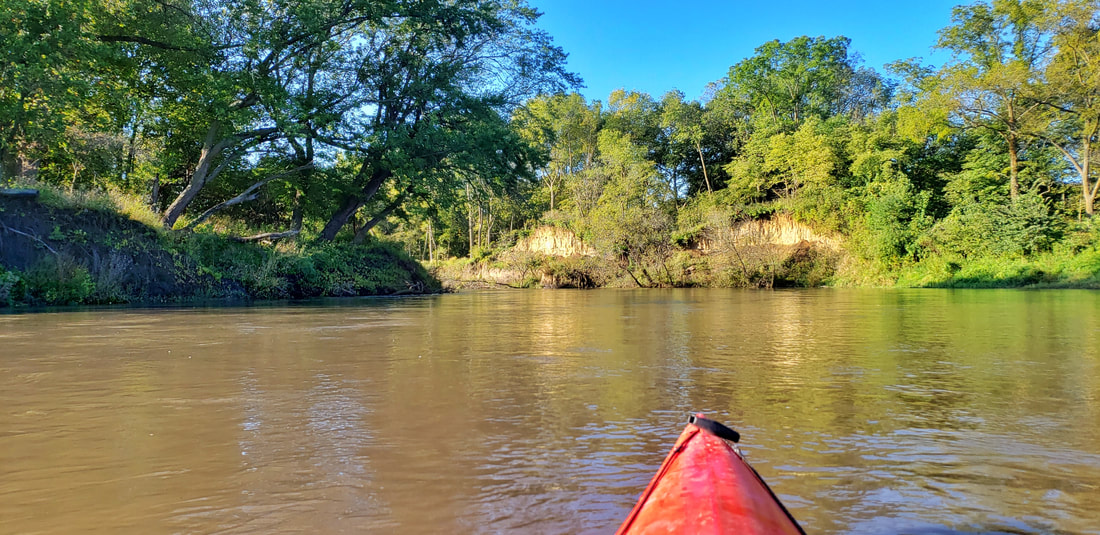
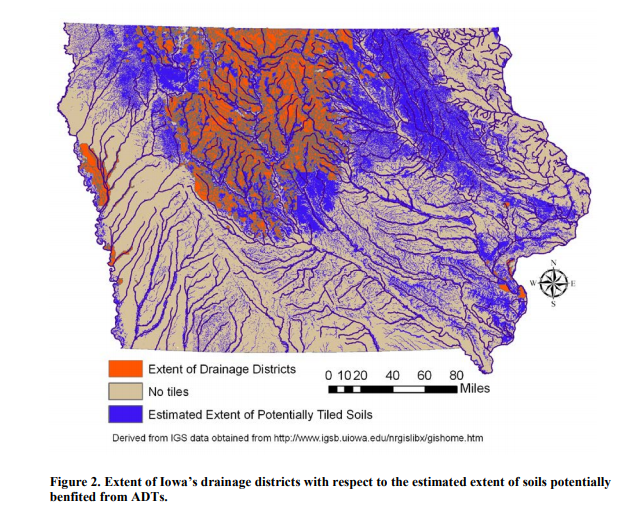
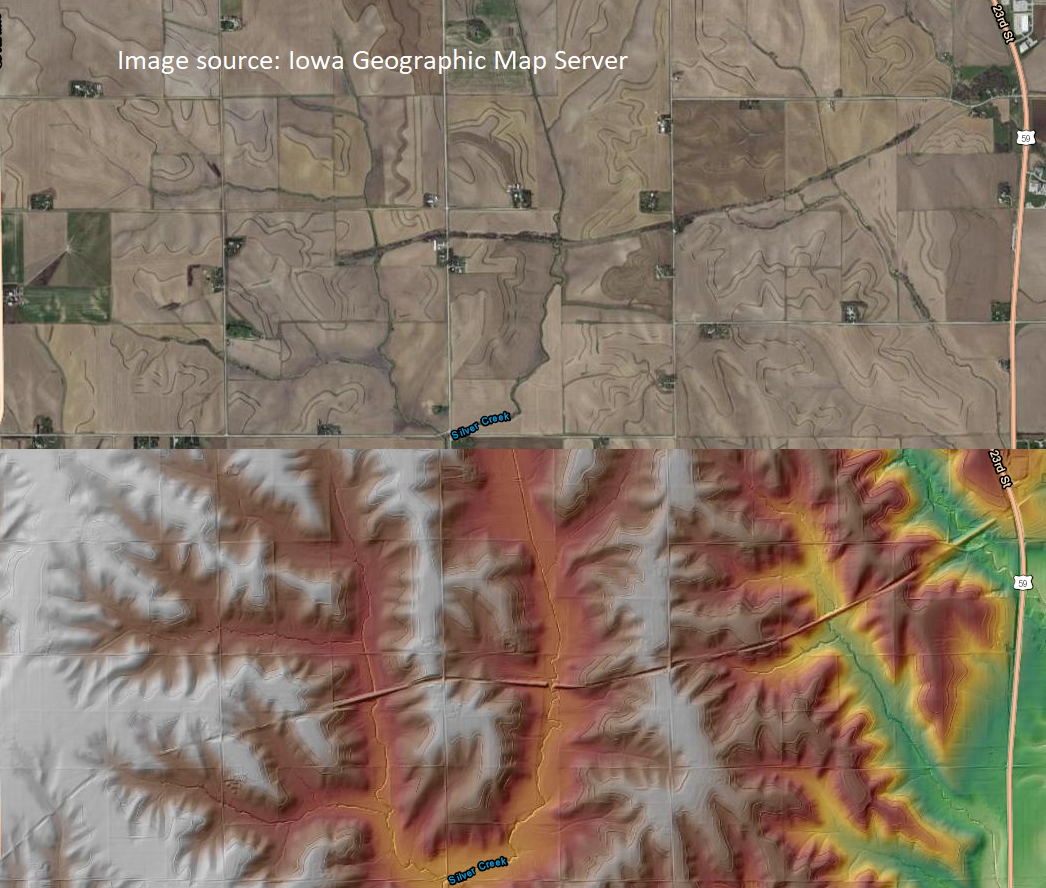
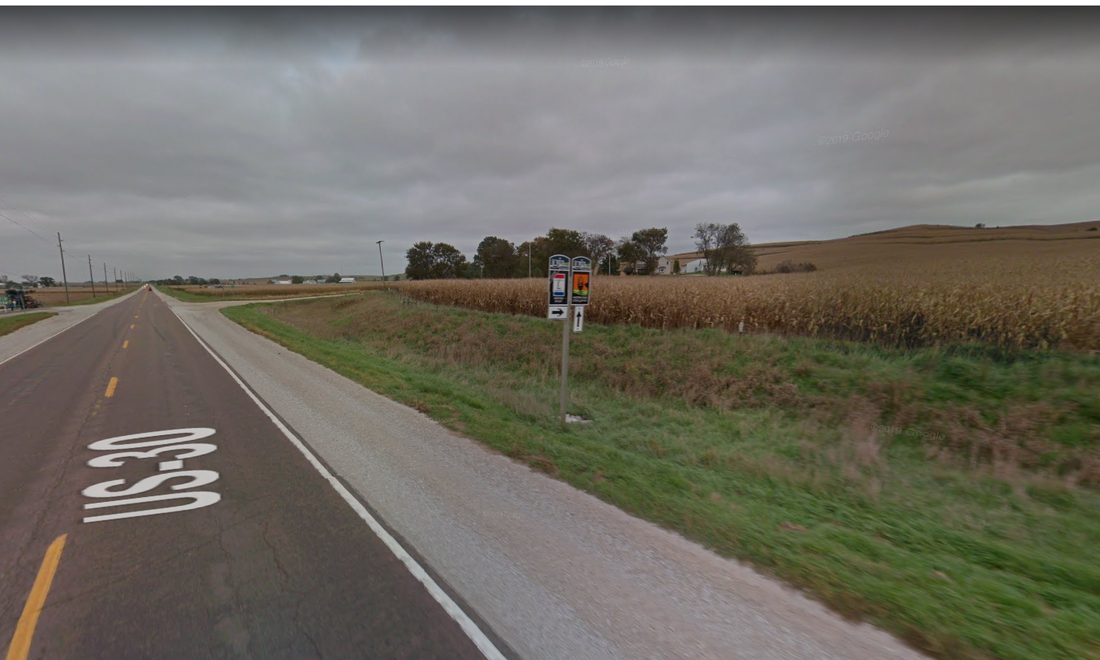
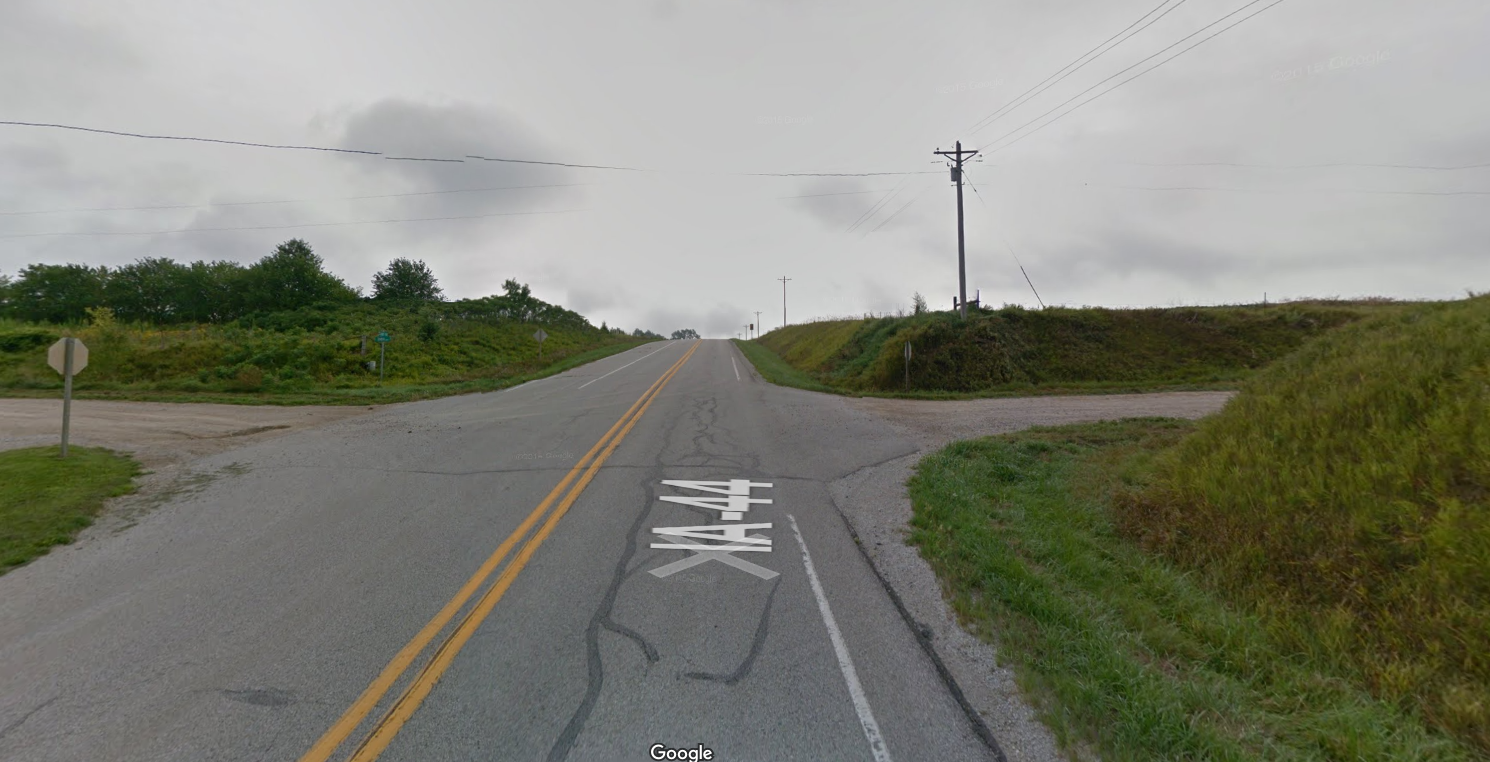
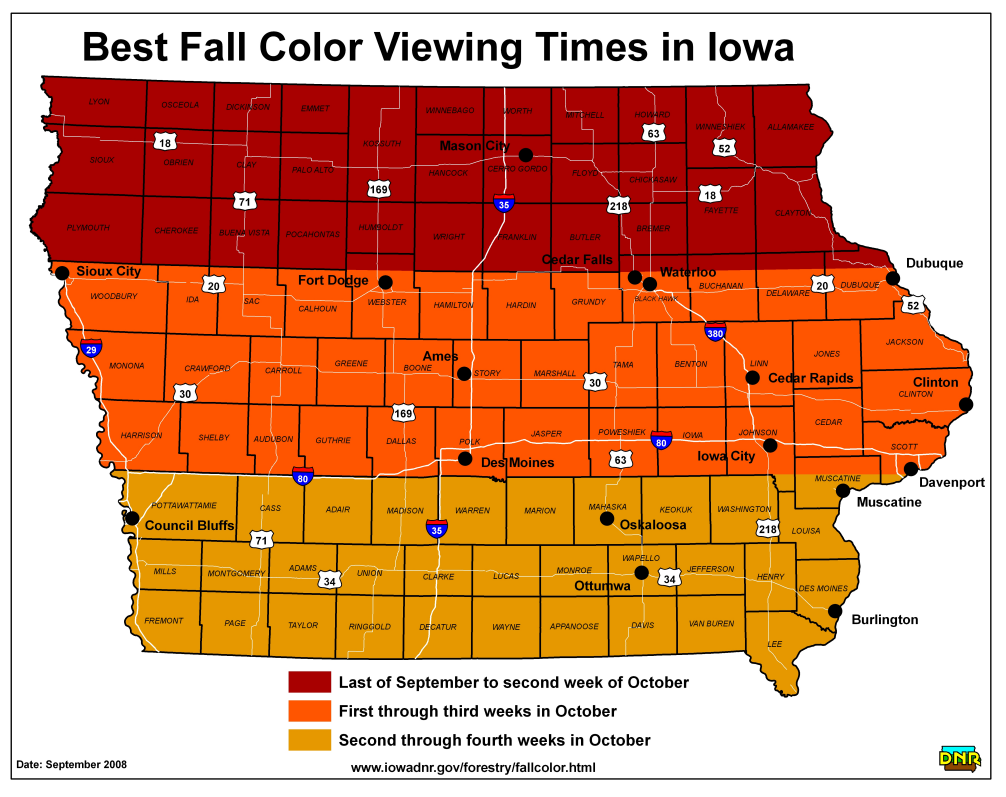
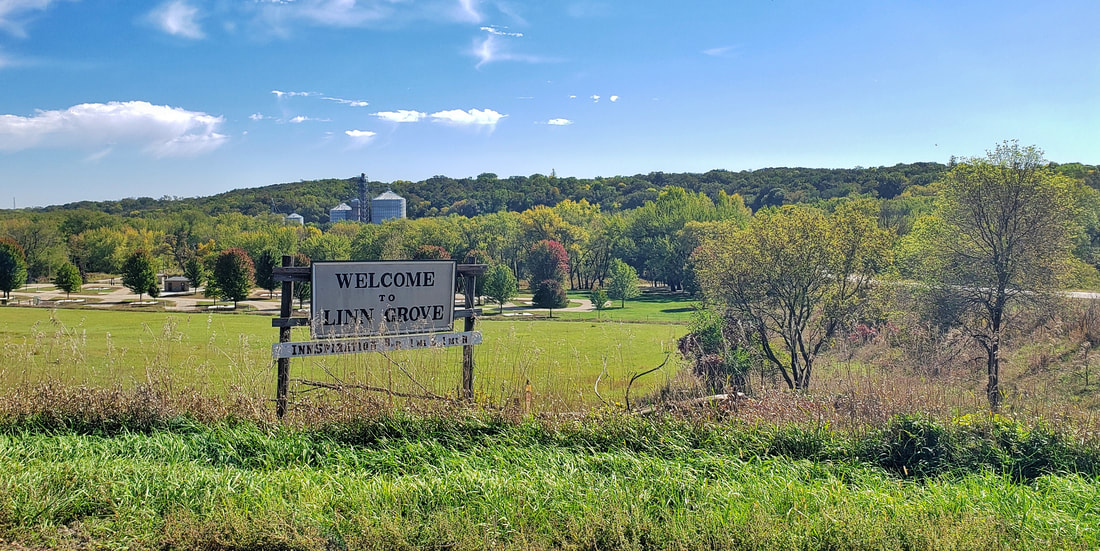
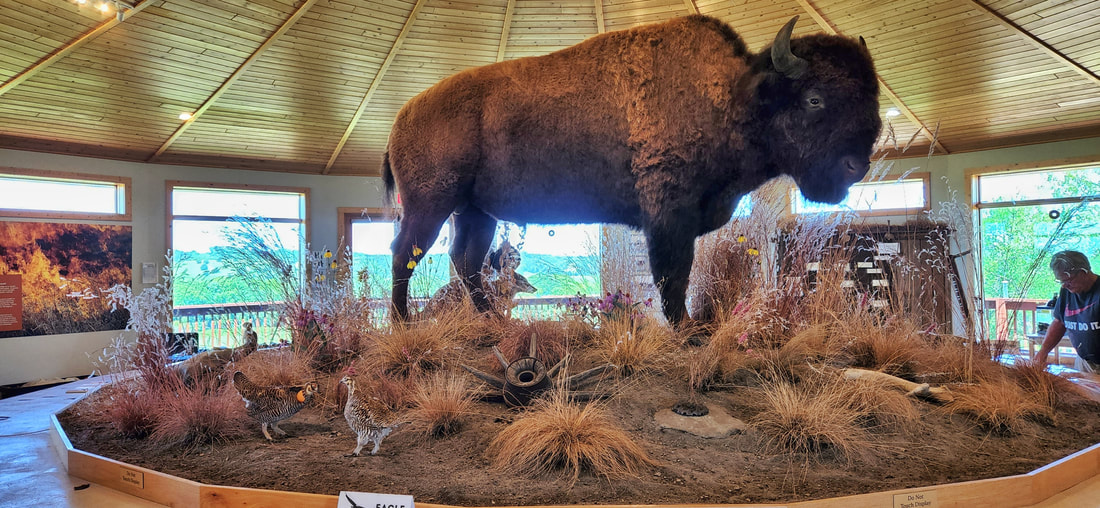
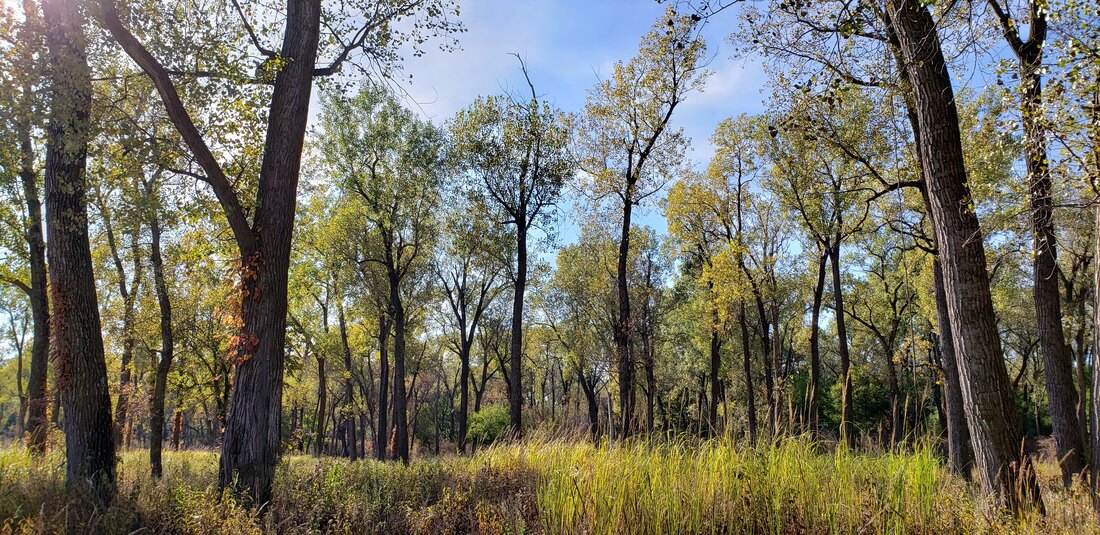
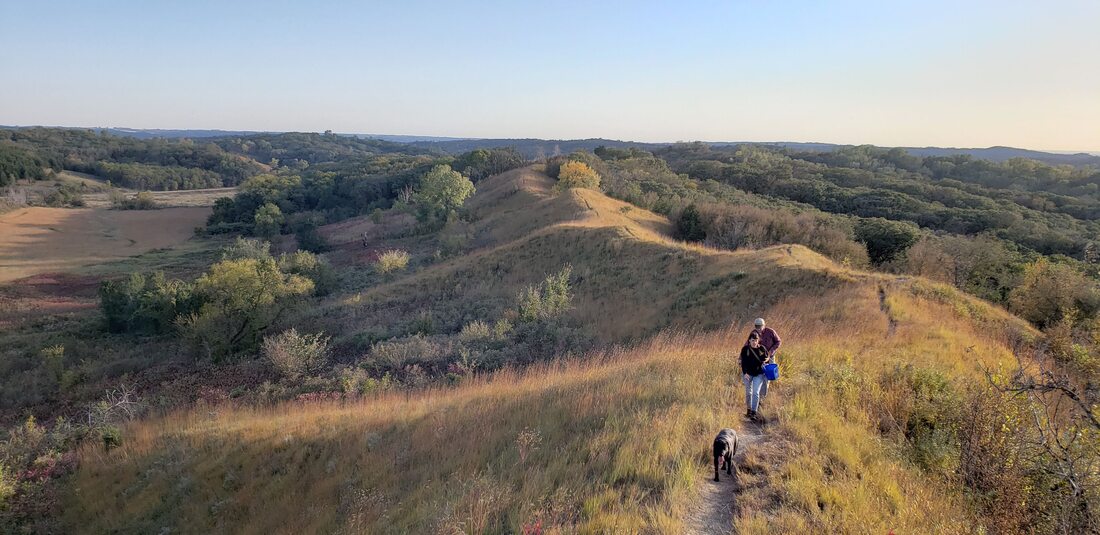
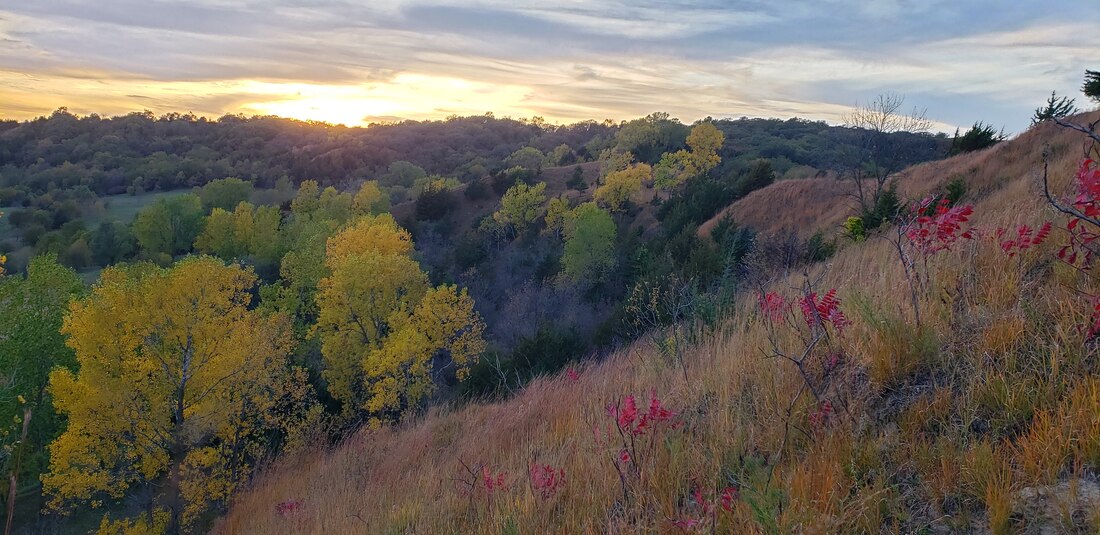
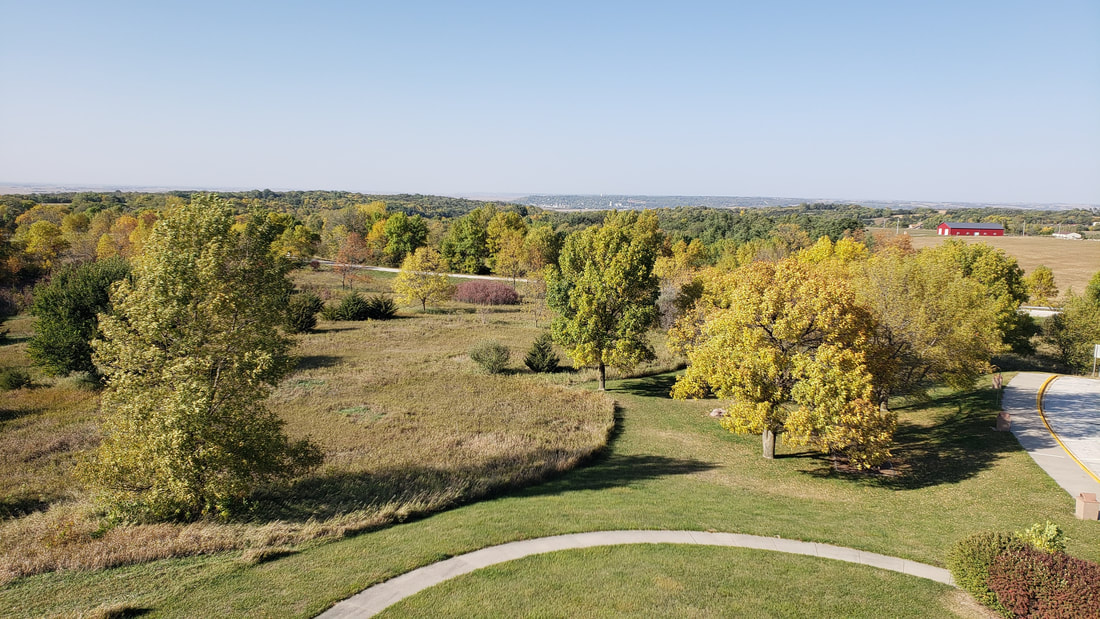
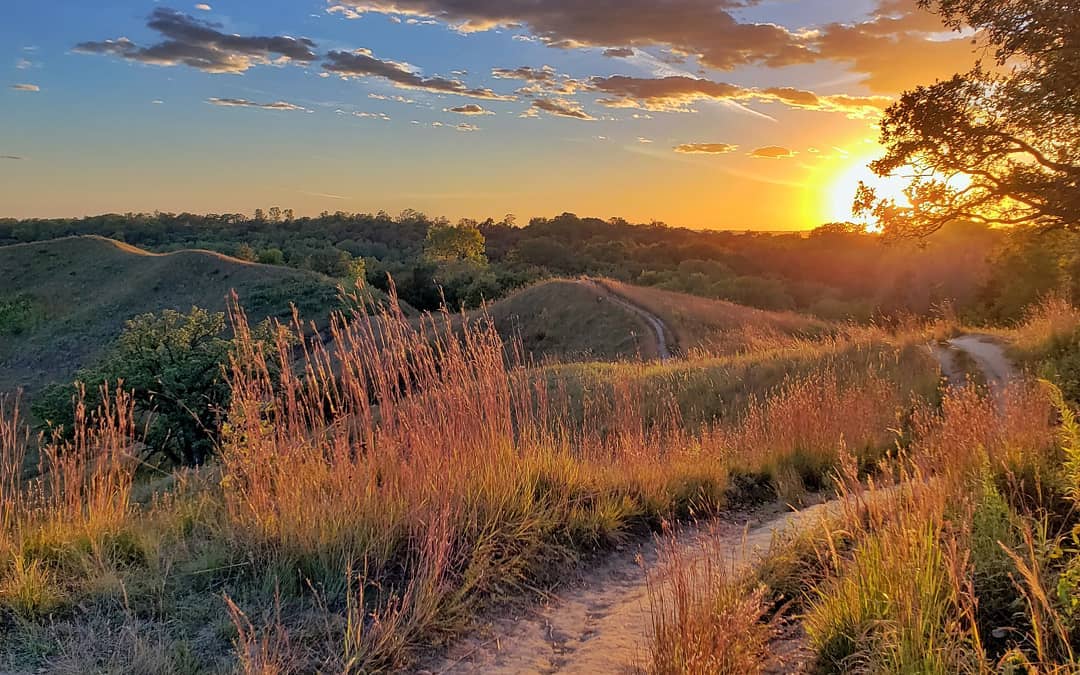
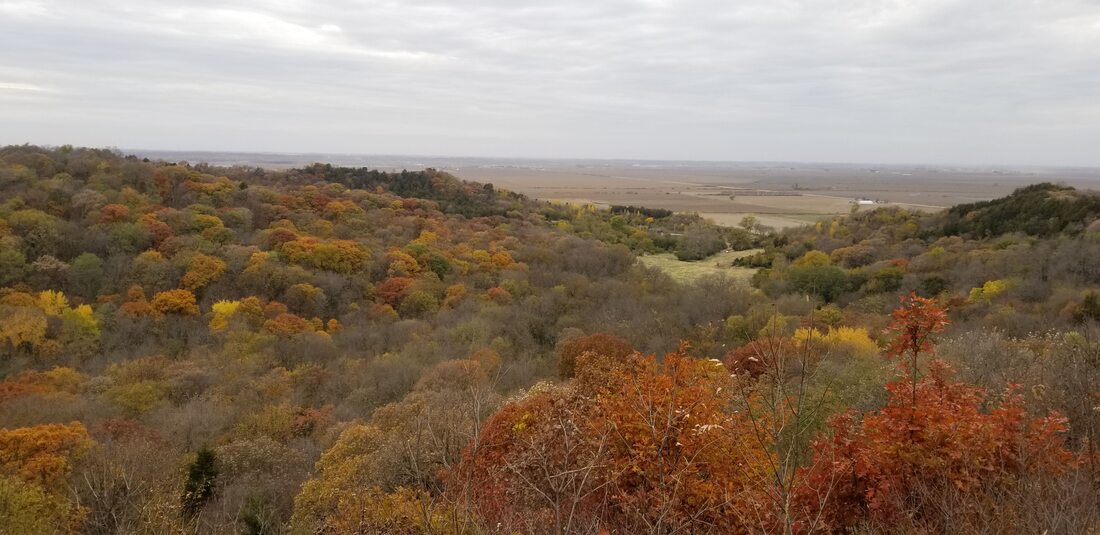
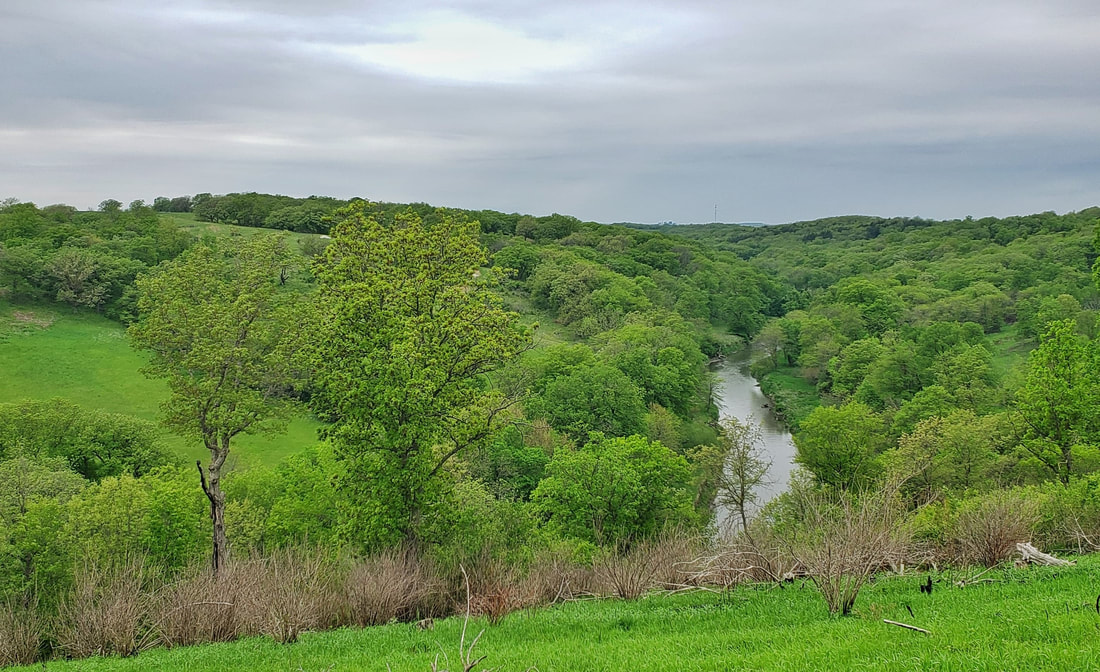
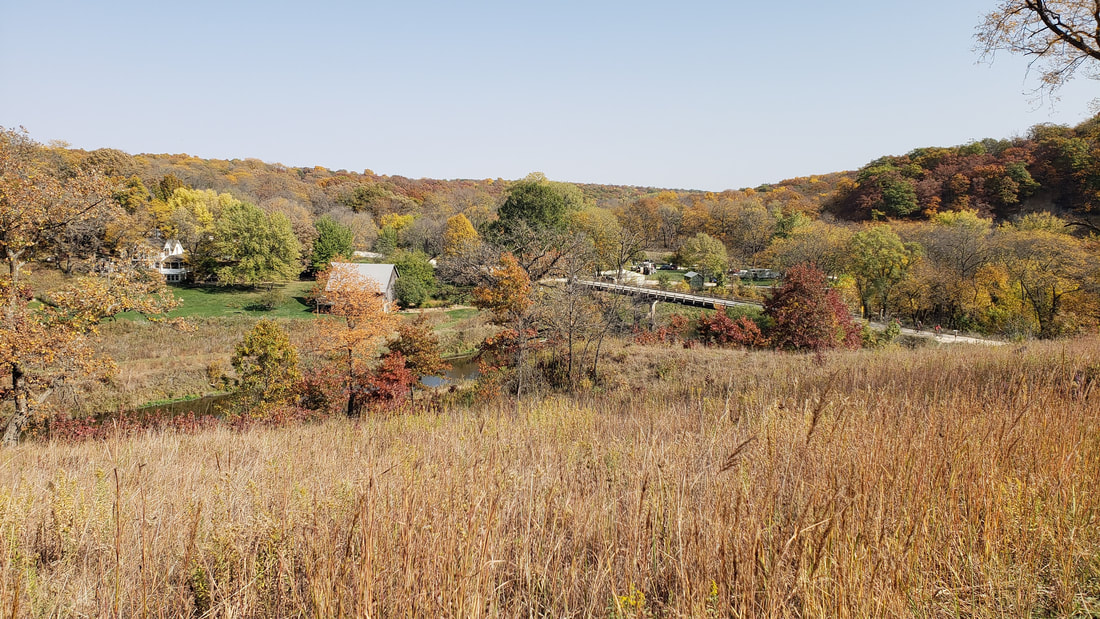
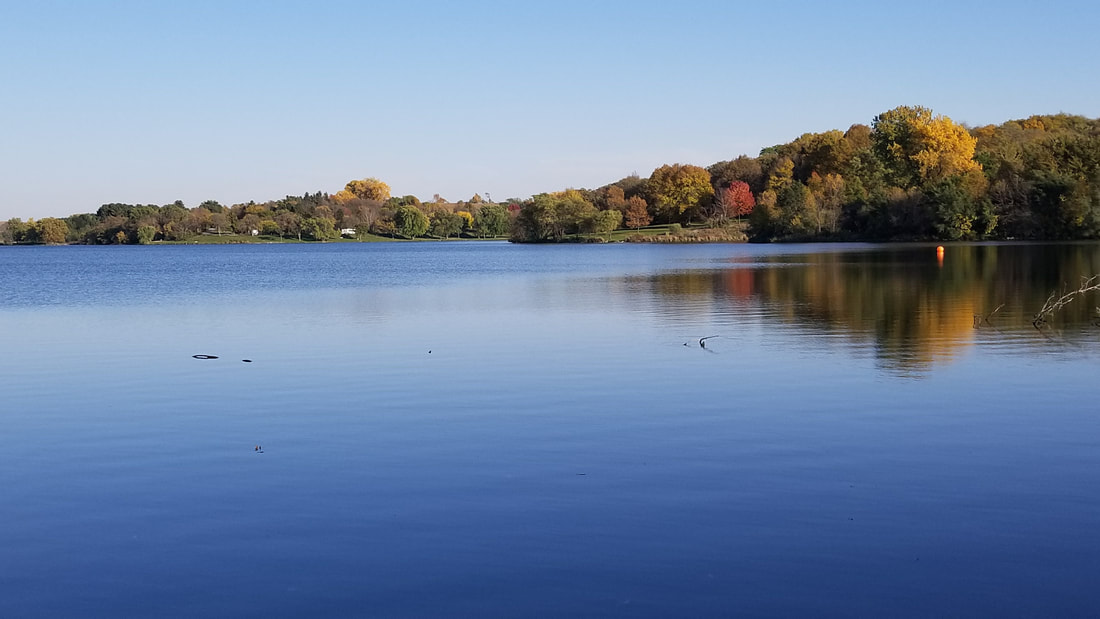


 RSS Feed
RSS Feed